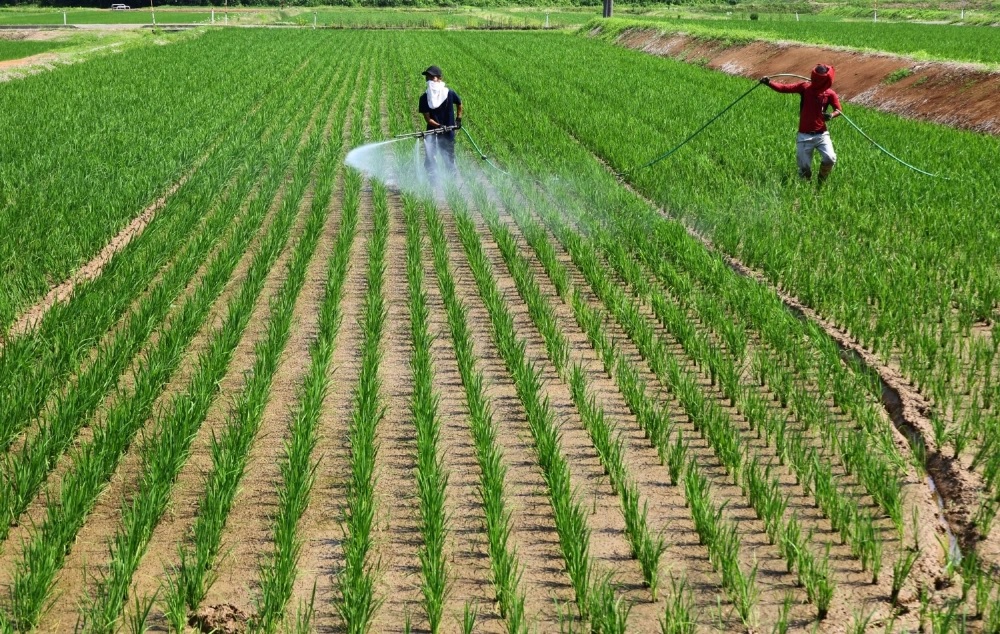JAPAN EXPECTS NINE-YEAR-HIGH RICE HARVEST, TESTING PRICES AND STORAGE

A bumper crop with mixed signals for consumers
Japan’s agriculture ministry expects the 2025 staple rice harvest to reach about 7.48 million tons, a nine-year high and roughly 10% above last year. The estimate reflects strong yields measured through late September and suggests a widening supply surplus for the first time since 2022. Growers benefited from favorable weather in key prefectures and improved agronomic practices focused on grain size selection, which could lift milling yields. The bumper output arrives after retail rice prices climbed alongside higher advance payments from cooperatives, raising the question of whether consumer prices will ease—or whether storage and logistics costs will blunt relief.
Policy and market implications of a bigger crop
An expanded harvest will test storage capacity, warehouse financing, and regional transport networks. Co-ops may weigh timed releases to stabilize prices while avoiding farmer income shocks. Export opportunities are limited by quality standards and trade dynamics, so domestic demand—households, food service, and processed foods—remains the key absorber. For policymakers, the crop underscores the need to balance producer support with consumer affordability. If inventories rise too far, targeted procurement or school-meal programs could help draw down stocks. The outcome will also feed into debates over crop diversification and climate resilience as growers confront weather variability and input costs. For households, any price softening will likely be gradual rather than immediate.






















